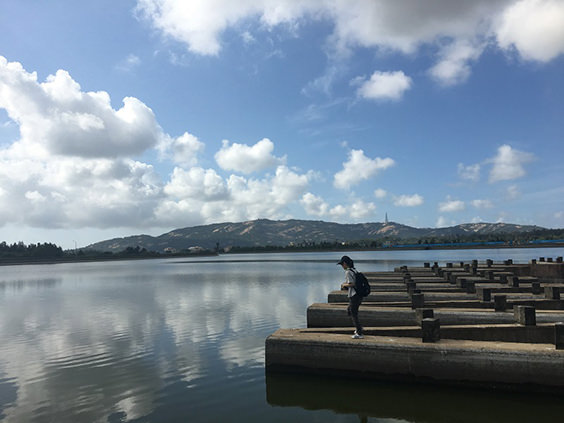
The tiny Kinmen Island of Taiwan is a must-go for people concerned about China's otters. Kinmen Island sits directly opposite Fujian's Xiamen of China, and supports the most stable and highest populat...

Gibbons, together with the Orang-utans of Asia and Chimpanzee and Gorillas of Africa, are the four living non-human apes. They all lack a tail and are considered the closest relatives to human. Gibbo...
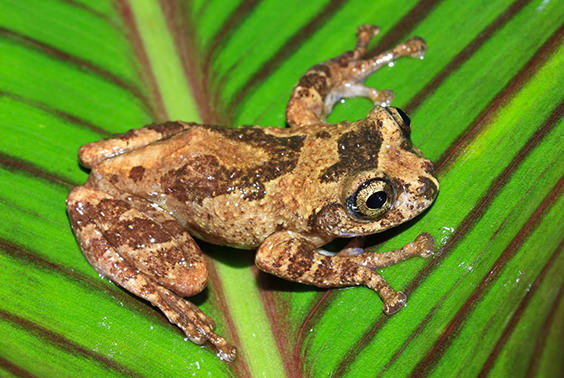
Recently, four amphibian species new to science were described by researchers from Kadoorie Conservation China Department (KCC), a department of KFBG. These new species were discovered by KCC during ...
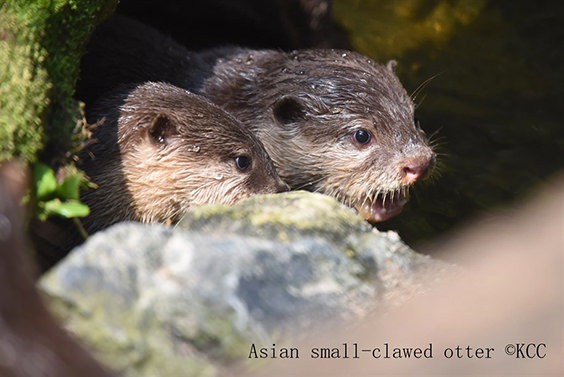
To identify a species correctly is one of the essential skills for anyone who wants to be a qualified conservationist. However, one will always find some species within each wildlife group which are ...
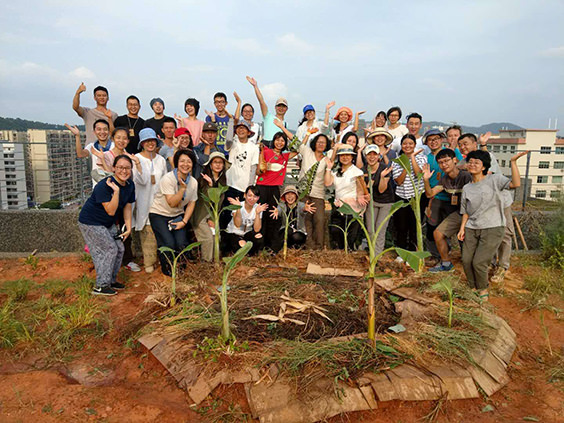
For those who are concerned about nature, you have probably heard of the term Permaculture”. The word is coined from permanent”, culture” and agriculture”, which was developed...
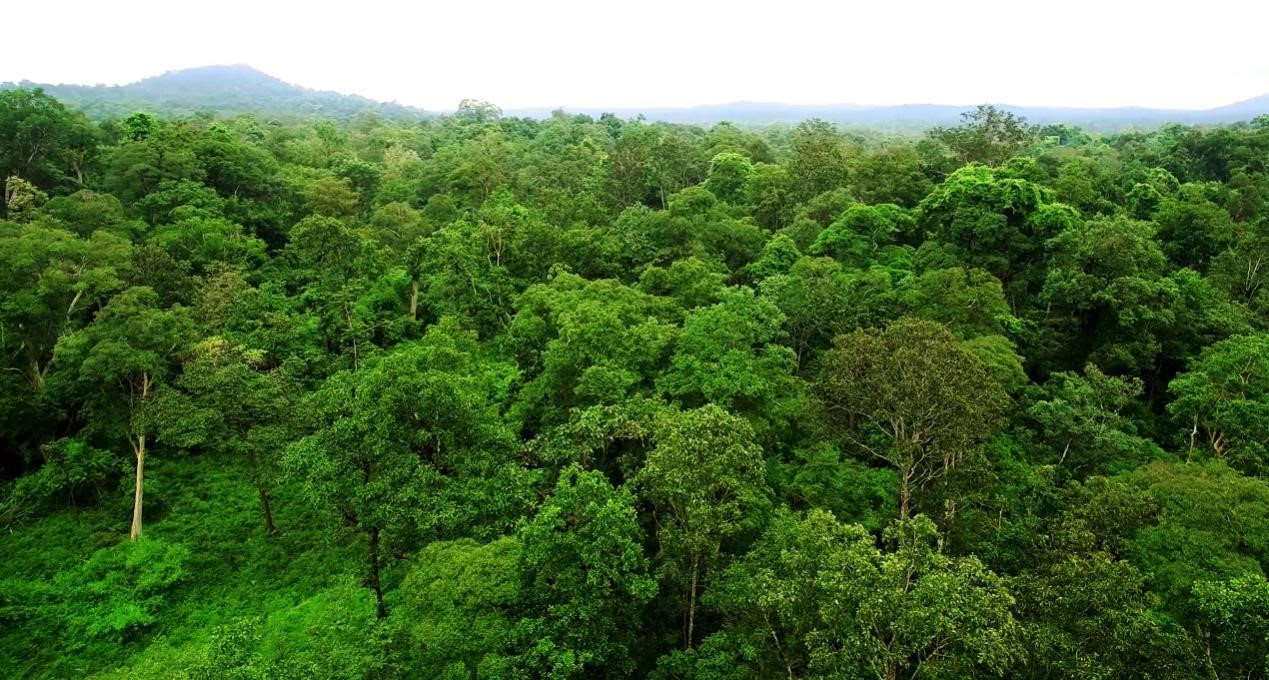
Temperature rose to over 40° Celsius, and I could not even find a nice dry corner of my shirt to wipe my steamy glasses. My shoes were filled with the muddy water I collected from wading across ...
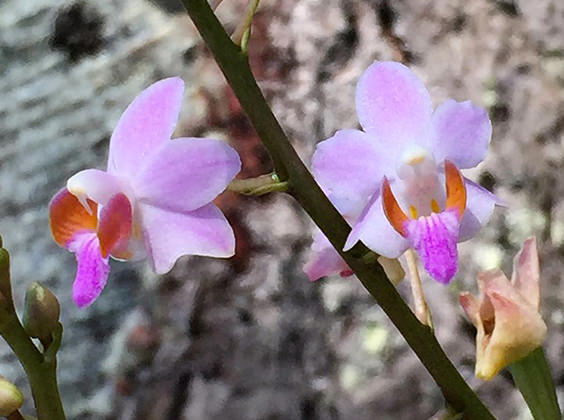
Building on many years of collaborative experience of nature conservation in Hainan, KFBG signed a Memorandum of Understanding (MOU) with Hainan Wildlife Conservation Bureau and Bawangling National N...
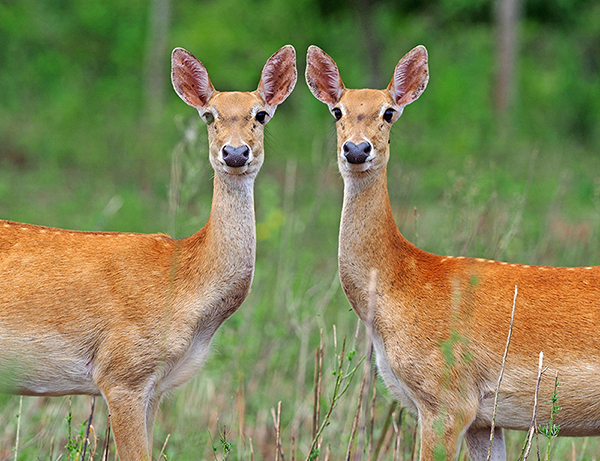
China is blessed with rich biodiversity but at the same time many of which are highly threatened. The huge size of the country, coupled with the number of threatened species and limited resource inpu...

In late April, the Kadoorie Conservation China (KCC) team visited a number of project sites in Yingjinag and Tengchong counties, western Yunnan. Southwestern Yunnan is part of the Indo-Burma hotspot ...

By Wang Bo (Conservation Officer) Kadoorie Conservation ChinaGaoligongshan (GLGS) is located in the western part of Yunnan Province, bordering Myanmar. The over 600 km long massif extends from th...

